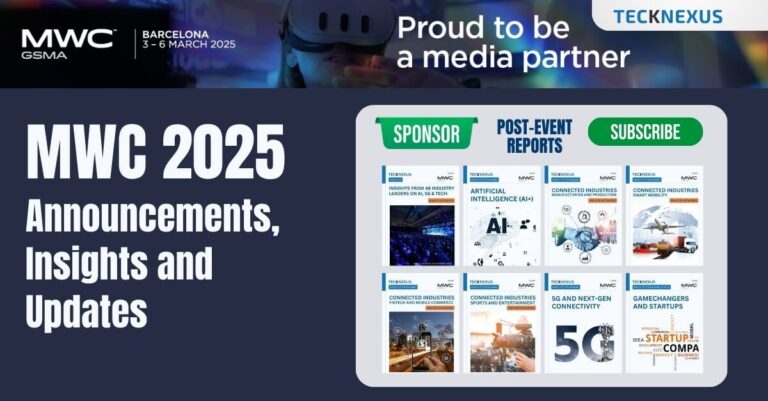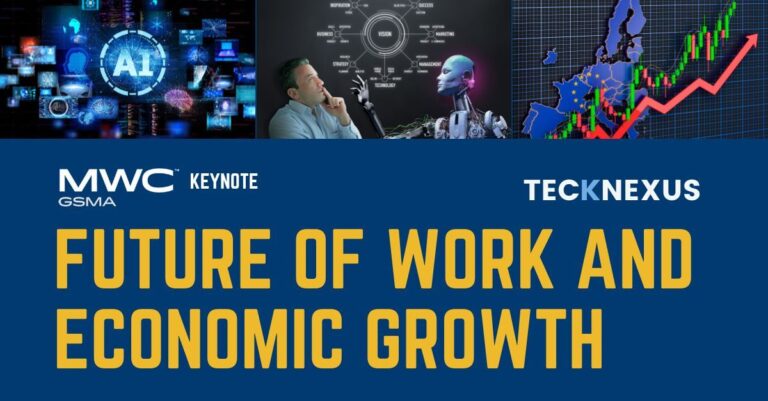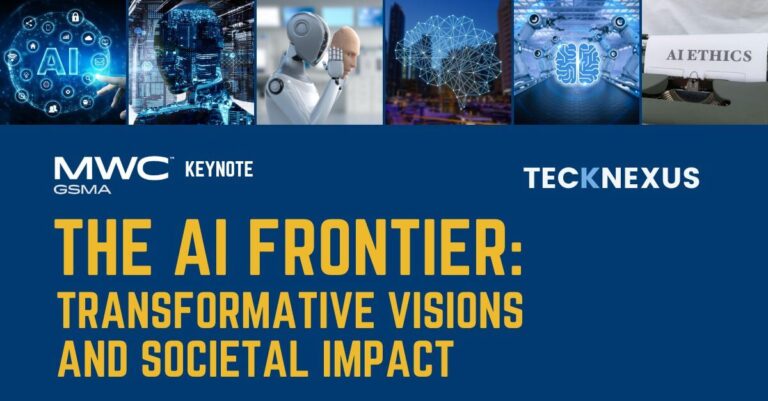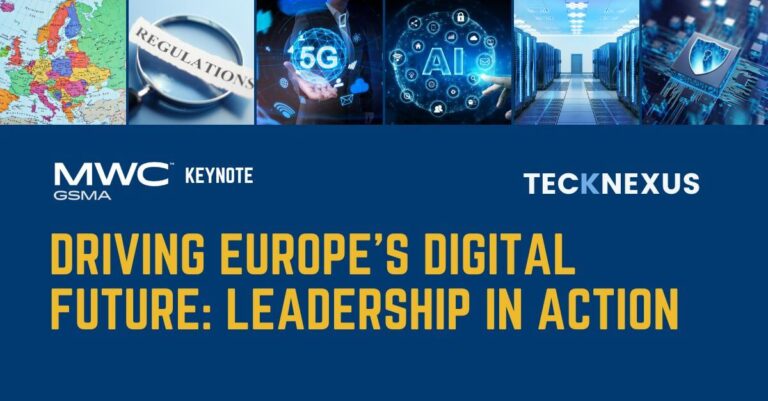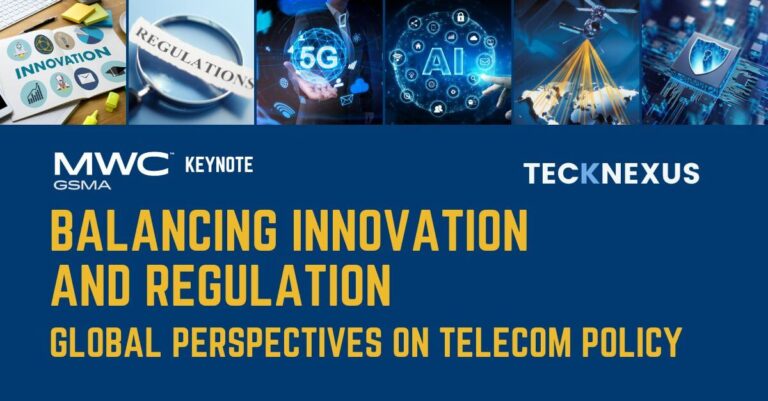Telecom innovation is surging, with new technologies like 5G, SD-WAN, and edge computing redefining what’s possible. But underneath the surface, many operators are still burdened by outdated Operational Support Systems that can’t keep up. This post explores what a future-ready OSS actually looks like — and how operators can rethink their operational strategy to match the demands of modern networks.
What Telecom Operators Truly Need to Unlock the Full Potential of OSS
Beyond the buzzwords—’next-gen,’ ‘AI-ready,’ ‘cloud-native’—lies a real opportunity. What operators need is a meaningful evolution: a shift toward OSS that’s intelligent, adaptive, and built for the networks of tomorrow. OSS must evolve from passive record-keepers to intelligent orchestration engines.
That means reimagining OSS from the ground up to:
- Interpret evidence, not just hold data
- Trace evolving service logic, not just map static components
- Connect decision-makers, not just serve silos
This requires saying goodbye to:
- CMDBs that can’t detect live topology shifts
- Audit processes that trail actual events
- Flat inventory records that miss service chains and overlays
In today’s stack, OSS is less a filing cabinet and more a digital detective—constantly aware, always verifying, and deeply contextual.
What’s Driving the Push for OSS Transformation?
The demand for OSS transformation isn’t academic—it’s driven by five real-world shifts:
- 5G and Adaptive Network Logic
Slicing, ultra-low latency, and programmable networks require OSS to make and enforce real-time decisions. - Cloud-Native and Disaggregated Infrastructure
With microservices and edge nodes replacing monoliths, OSS must track components that change daily—if not hourly. - Embedded AI and Closed-Loop Automation
Rule-based automation is obsolete. Modern OSS needs to predict, react, and self-heal using AI. - Experience-Centric SLAs
Availability alone is no longer the benchmark. OSS must understand performance metrics that affect user experience. - Evolving Security Posture
Security must be embedded in operations—not bolted on. OSS must support dynamic access control, encryption, and audit logging.
Key Characteristics of a Future-Ready OSS System
So what does a truly modern OSS look like?
- Reconciliation by Default
The system aligns itself automatically after every network change—no more weeks-long clean-up projects. - Hybrid Context Awareness
It knows how logical services map to physical substrates—and can navigate across underlays and overlays. - Real-Time Visibility
Inventory isn’t a spreadsheet—it’s a live, breathing model that reflects real-time telemetry. - Convergence of Planning and Operations
Design decisions influence real-time behavior, and operational data feeds back into planning. - Modular and Infrastructure-Agnostic
Each component is deployable on-prem, at the edge, or in the cloud—with no architecture lock-in. - Intent-Based Orchestration
Operators define outcomes; the OSS determines the most efficient way to achieve them. - Embedded Compliance and Forensics
Every change and alert is traceable, auditable, and compliant by default.
How to Rethink OSS Modernization
True transformation starts with mindset, not technology.
Steps toward meaningful OSS modernization include:
- Make inventory the source of truth
Consolidate physical, virtual, and logical assets into one reconciled platform. - Modernize domain by domain
Don’t aim for a massive cutover. Start with customer-facing or high-risk areas. - Unify objectives across departments
Break silos between engineering, IT, and operations by aligning around shared KPIs. - Select tools built for evolution
Choose OSS platforms that support version-less updates and continuous delivery. - Measure success by impact
Focus on MTTR, service deployment velocity, and change success rate—not just “completion.”
Operational Impact: What Modern OSS Unlocks That Legacy Never Could
True OSS transformation goes beyond shiny dashboards and cloud-native buzzwords. It’s about changing the operational mindset — from reactive to predictive, from siloed to integrated.
Let’s consider a common scenario: a fiber cut affecting an enterprise customer. With legacy OSS, multiple teams scramble across disconnected systems to locate the issue, manually correlate alarms, and verify impacted services. It could take hours.
With a modern OSS like VC4 Service2Create, the system already knows which logical services depend on which physical paths. It triggers automated impact analysis, notifies only the affected stakeholders, and presents engineers with pre-mapped remediation steps. Time-to-resolution shrinks. Customer frustration fades. Trust grows.
And that’s just one example. Across provisioning, assurance, capacity planning, and compliance, modern OSS solutions create compounding gains:
- Less human intervention = lower error rates
- Faster deployment = faster revenue realization
- Real-time data = confident, accurate decisions
Comparison Table: Legacy OSS vs. Modern OSS Impact
| Operational Domain | Legacy OSS | Modern OSS (S2C) |
| Service Activation Time | Days to weeks | Minutes to hours |
| Fault Resolution | Manual, reactive | Predictive, automated, AI-assisted |
| Compliance & Audits | Paper trails, delayed records | Built-in, real-time traceability |
| Planning Integration | Siloed from live data | Planning and operations tightly linked |
| SLA Management | Post-event SLA validation | Real-time SLA enforcement and monitoring |
| Change Management | Risk-prone, manually verified | Impact-analyzed, auto-validated, low-risk |
Conclusion: From Static Oversight to Intelligent Command with S2C
The next generation of telecom success depends on how operators modernize their operational core. That means shifting OSS from static observers to active, intelligent participants in network operations.
VC4 Service2Create (S2C) is built with this mission in mind.
S2C brings together real-time intelligence, automated governance, and modular architecture to give operators unprecedented control and visibility. Whether you’re rolling out 5G, expanding fiber, or managing hybrid networks, S2C adapts to your reality—and amplifies your capability.
Make the shift and get in contact with VC4 today and experience a demo of how S2C can transform your OSS network.








